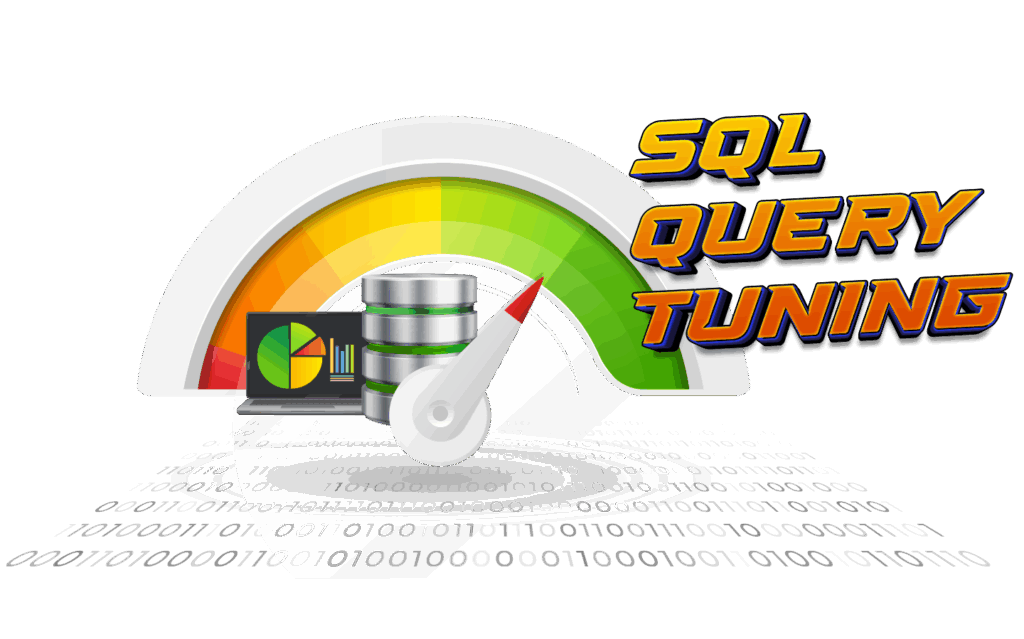SQL Performance Tuning Dos and Dont’s

Categories
- Free tools
- SQL Compliance Manager
- SQL Defrag Manager
- SQL Diagnostic Manager for MySQL
- SQL Diagnostic Manager for SQL Server
- SQL Diagnostic Manager Pro
- SQL Inventory Manager
- SQL Query Tuner for SQL Server
- SQL Safe Backup
- SQL Secure
- SQL Workload Analysis for SQL Server
- Uptime Infrastructure Monitor Formerly Uptime

Use $PSScriptRoot to Load Resources
Beginning in PowerShell 3.0, there is a new automatic variable available called $PSScriptRoot. This variable previously was only available within modules. It always points to the folder the current script is located in (so it only starts to be useful once you actually...

Changing FireMonkey style at runtime
Last month Sarina DuPont blogged about loading custom FireMonkey styles on a mobile device at runtime ("How to load custom styles at runtime"). That's a very interesting approach to compile a custom style as a resource into the mobile app. This week...

Getting More Than 1000 Active Directory Results
By default, Active Directory returns only the first 1000 search results when you use an ADSISearcher. This is a security mechanism designed to prevent unspecific LDAP queries from causing domain controller load. If you do need all search results and know that it will...

Converting Binary SID to String SID
Converting SID from Binary to String Active Directory accounts contain the SID in binary form. To convert the byte array into a string representation, use a .NET function like this: # get current user $searcher =...

Converting Excel CSV to UTF8
When you export Microsoft Excel spreadsheets to CSV files, Excel by default saves CSV files in ANSI encoding. That's bad because special characters will break once you import the data into PowerShell using Import-Csv. Ensuring UTF-8 Encoding for CSV Files To make sure...

Make Parameters Mandatory and Optional at the Same Time
An often overlooked feature in PowerShell is the ability to make a function parameter both optional and mandatory - at the same time. Let's for example assume you want a function that has two parameters: ComputerName and Credential. Both should be optional, but if the...

Enabling Visual Styles
When you use Windows Forms dialogs and windows, you may have noticed that they show differently, depending on whether you launched your script from within the ISE editor or from the powershell.exe console. This is because the ISE editor enables visual styles by...

Test Local User Account Credentials
Verifying a Local User Account Here is a snippet that verifies a local user account. Simply submit a username and a password. You get back either $true or $false: $username = 'Administrator' $password = 'P@ssw0rd' $computer = $env:COMPUTERNAME Add-Type -AssemblyName...

Using RegEx to Filter Files
Get-ChildItem supports basic wildcards, but it does not support the rich feature set of regular expressions. If you combine Get-ChildItem with Where-Object, you can easily add this functionality. Filtering DLL Files by Name Pattern in PowerShell This example lists all...

Finding User Account with WMI
WMI represents all kinds of physical and logical entities on your machine. It also has classes that represent user accounts which include both local and domain accounts. Retrieving the Currently Logged-On User This piece of code returns the user account of the...

Increase SQL Server Performance Using Multiple Files
By default, SQL Server databases are comprised of two files: the primary data file (or .mdf) and the log file (or .ldf). It is, however, possible to configure SQL Server databases to use additional files – which can be an effective means of increasing SQL Server...

Change Order of CSV Columns
If you have a CSV file and would like to change the order of columns, simply import it into PowerShell, use Select-Object to change the order, and then re-export the CSV file again! $Path = "c:\somepathtocsv.csv" (Import-CSV -Path $Path) | Select-Object -Property...

Check Windows License Status
In a previous tip we explained how you can use slmgr, a built-in VBScript, to check Windows licensing state. Accessing the Raw Licensing Data in PowerShell The core information used by this VBScript actually comes from WMI, so in PowerShell, you can directly access...

Tips for Optimizing XML in SQL Server
I’ve worked on a project that used XML heavily inside SQL Server. We really utilized SQL Server’s XML support almost to the full extent, but with some repercussions. As we did our load testing, performance did degrade and we had to step back and adjust how...

Chapter 18. WMI: Windows Management Instrumentation
Windows Management Instrumentation (WMI) is a technique available on all Windows systems starting with Windows 2000. WMI can provide you with a wealth of information…

Stripping Decimals Without Rounding
Extracting the Integer Part of a Division Result When you divide numbers and just want the decimals before the decimal point, you could cast the result to integer. However, this would also round the result: PS> 18 / 5 3.6 PS> [Int](18/5) 4 Removing Decimals...

Removing Multiple White Spaces
Removing multiple white spaces from text is easy in PowerShell. -replace operator Simply use -replace operator and look for whitespaces ("\s") that occur one or more time ("+"), then replace them all with just one whitespace: PS> '[ Man, it works! ]' -replace...

Sending Emails with Special Characters
Send Emails with PowerShell Using Send-MailMessage PowerShell has built-in support for sending emails: Send-MailMessage! All you need is an SMTP server. However, with standard encoding you may run into issues where special characters are mangled. -Encoding parameter...

Ignoring Empty Lines
Reading Text Files and Skipping Blank Lines To read in a text file and skip blank lines, try this: $file = 'c:\sometextfile.txt' Get-Content $file | Where-Object { $_.Trim() -ne '' } It will omit empty lines, lines with only blanks and lines with only tabs. ReTweet...

Writing Registry Key Default Values
Set the default value for a registry key If you need to set the default value for a registry key, you can use either of these approaches: Set-ItemProperty -Path HKCU:\Software\Somekey -Name ‘(Default)’ -Value MyValue Or, you can just do this: Set-Item -Path...